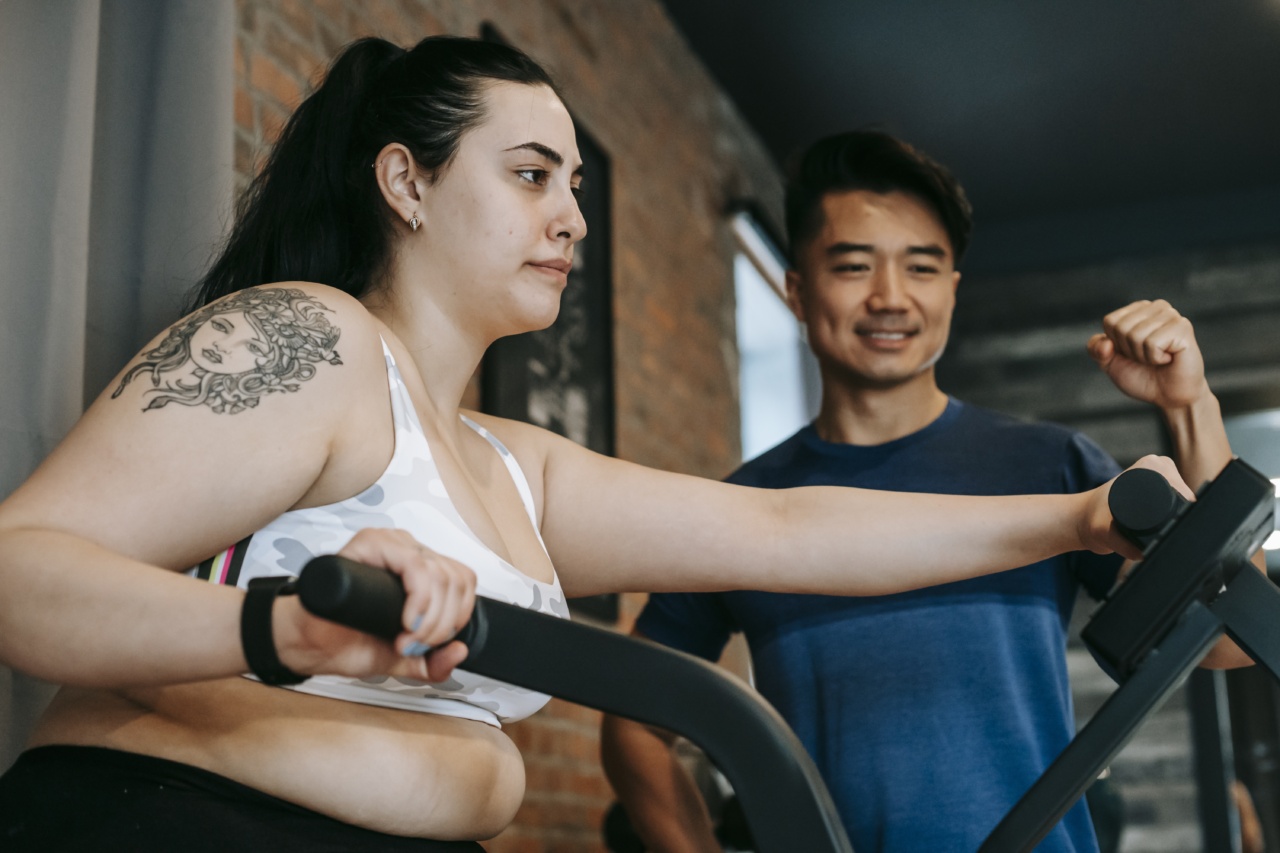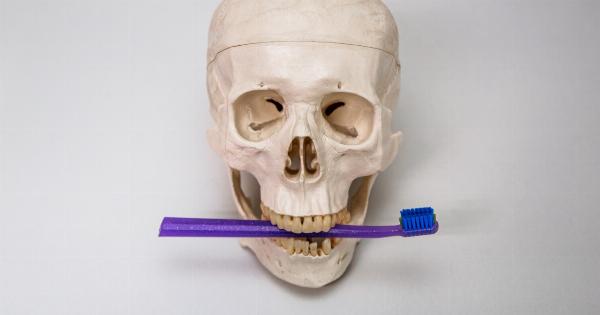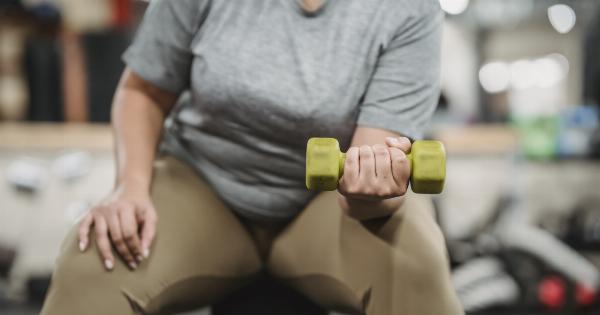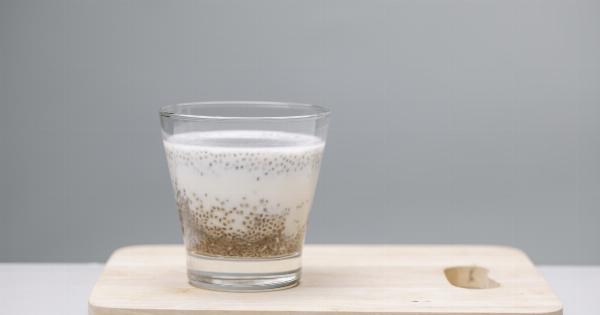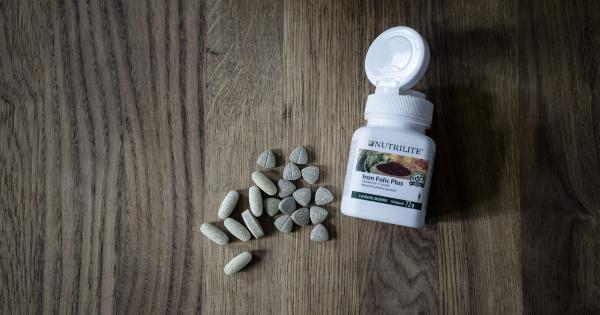Osteoporosis is a common condition characterized by reduced bone density and increased bone fragility. It primarily affects older individuals, especially women after menopause.
Without proper preventive measures, osteoporosis can lead to severe consequences such as fractures and loss of mobility. However, regular exercise has been proven to be an effective strategy for preventing or slowing down the progression of this condition.
In this article, we will explore the importance of exercise for osteoporosis prevention and discuss various exercises that can help maintain strong and healthy bones.
Understanding Osteoporosis
Osteoporosis occurs when the rate of bone resorption exceeds the rate of bone formation, resulting in decreased bone mass and structural deterioration. As a result, bones become weak and prone to fractures.
The condition is often referred to as a “silent disease” because it progresses without any noticeable symptoms until a fracture occurs.
The Role of Exercise in Osteoporosis Prevention
Regular exercise is crucial for maintaining bone health and preventing osteoporosis. It helps to improve bone mineral density, increase muscle strength, and enhance balance and coordination.
Additionally, exercise also stimulates the production of osteoblasts, the cells responsible for bone formation, which can counteract the excessive bone loss that occurs with osteoporosis.
Types of Exercise for Osteoporosis Prevention
1. Weight-bearing exercises:.
Weight-bearing exercises involve supporting your own body weight and can be highly effective in building bone density. These activities include:.
- Walking or jogging
- Dancing
- Hiking
- Aerobic exercises
- Stair climbing
2. Resistance training:.
Resistance training involves the use of weights or resistance bands to strengthen muscles and bones. Some effective resistance exercises for osteoporosis prevention include:.
- Squats and lunges
- Bicep and tricep curls
- Deadlifts
- Push-ups
- Planks
3. Balance and coordination exercises:.
These exercises help reduce the risk of falls and fractures by improving stability and coordination. Examples of balance and coordination exercises include:.
- Yoga
- Tai chi
- Pilates
- Single-leg stance
- Heel-to-toe walk
Exercise Guidelines for Osteoporosis Prevention
Before starting any exercise program, it is important to consult with a healthcare professional, especially if you have existing health conditions. Here are some general guidelines to keep in mind:.
- Choose exercises that you enjoy and will be more likely to stick with in the long run.
- Start slowly and gradually increase the intensity and duration of your workouts.
- Combine weight-bearing, resistance training, and balance exercises for a well-rounded routine.
- Aim for at least 150 minutes of moderate-intensity aerobic activity per week.
- Incorporate strength training exercises at least two days a week.
- Practice balance and coordination exercises regularly.
- Listen to your body and modify exercises as needed to avoid pain or discomfort.
- Stay hydrated and wear appropriate footwear and clothing during exercise.
Other Lifestyle Factors That Support Bone Health
In addition to exercise, several other lifestyle factors can contribute to overall bone health:.
- Ensure an adequate intake of calcium and vitamin D through a balanced diet or supplements.
- Avoid smoking and limit alcohol consumption, as these can negatively impact bone health.
- Reduce the risk of falls by keeping your home well-lit, removing hazards, and wearing appropriate footwear.
- Get regular bone density screenings to monitor your bone health status.
Conclusion
Osteoporosis is a serious condition that affects many individuals, particularly as they age. However, by incorporating regular exercise and adopting a bone-healthy lifestyle, it is possible to prevent or slow down the progression of osteoporosis.
Remember to consult with a healthcare professional before beginning any new exercise program, and aim for a combination of weight-bearing, resistance training, and balance exercises for optimal bone health. Move it or lose it – start exercising today to maintain strong and healthy bones!.
